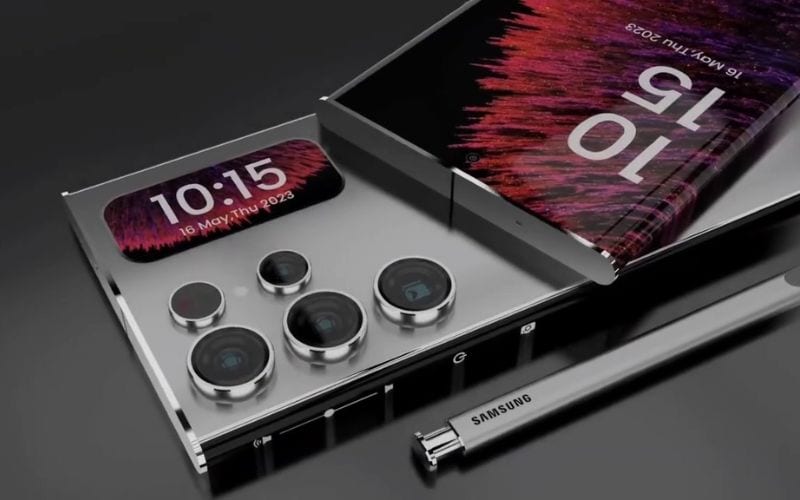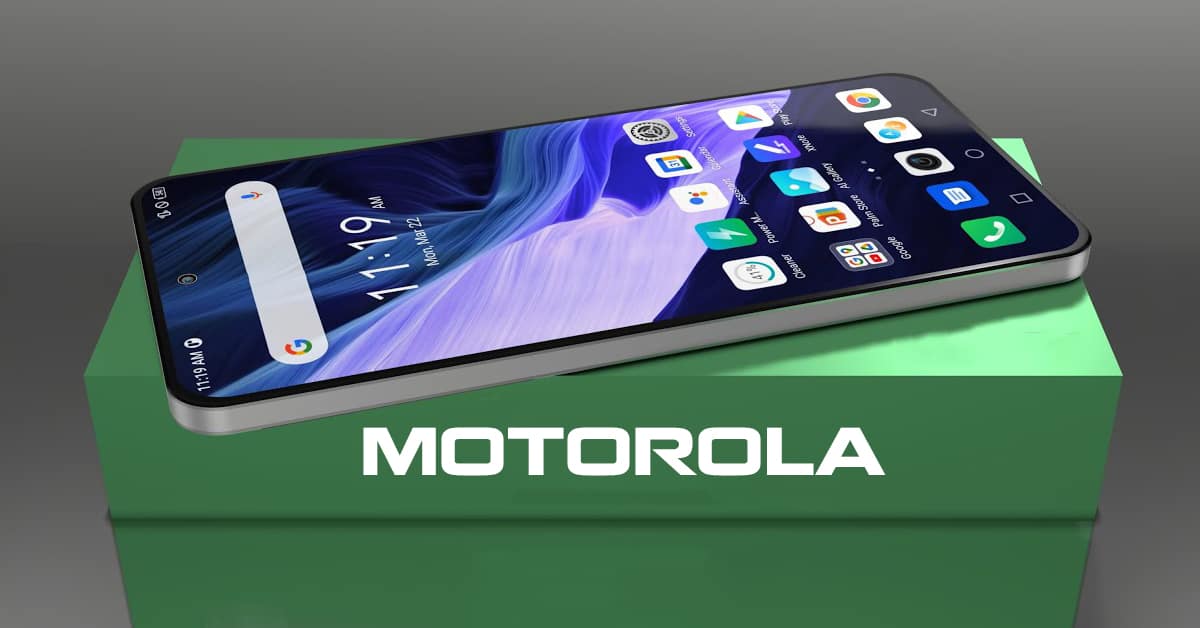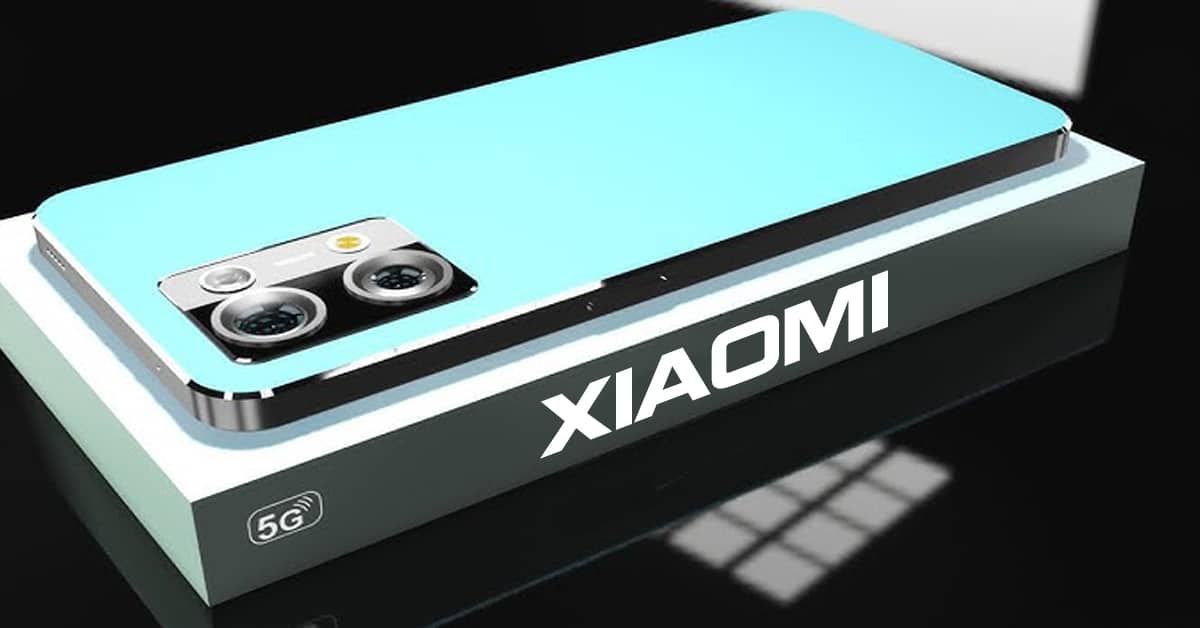4k resolution: What does it mean and how much is enough?
I’m sure you have heard about 4k resolution in many TV screens, laptop screens and even smartphone screens. But do you know what it means? Take a look at this article to understand more!

What does 4K resolution mean?
A pixel is a tiny unit of light. A 4k resolution display means that it has 3,840 x 2,160-pixel across the screen. So overall there are around 8,300,000 pixels on a 4k display, which is a supermassive number! You may get used to the size of a full HD movie, right? It’s about the same size as your laptop screen. So a 4k image is 4 times larger. But is a 4k display necessary?
A person with normal eye sight actually cannot distinguish the sharpness of a full HD screen and a 4k screen of a… television! So it’s pointless to feature a smartphone with 4k resolution. Sony Xperia Z5 Premium is the first and currently the only smartphone with a 4k display. Can you imagine a table-size image compressed to your tiny smartphone screen? It would be really overwhelming, right?

4k resolution: So how many pixels are enough?
Scientists claim that the ideal pixel density for people with 20/20 eyesight is 300ppi (300 pixels per inch). More pixels than that doesn’t look any different! So for a 5.5-inch smartphone, the perfect resolution would be around 1600 pixels! As a result, it makes total sense that most smartphones nowadays support full HD display. That is the perfect density for smartphones with 5.5 to 6.5-inch display.
Another type of resolution is 2k display, which is 2560X1440 pixels. This resolution, we think, is ideal for tablet or laptop screen! But in order to pack such feature, the device needs to come with strong CPU and of course, a great battery. You may wonder why a smartphone with a 4000mAh battery and above still drains out so fast. It could be the 2k display that consumes all the battery life (4k resolution can even kill the battery). So again, a full HD smartphone is enough for common users.






